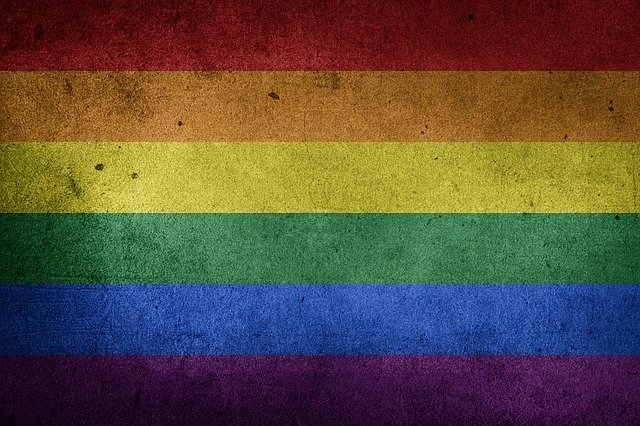May Book 2020: Acknowledgements
Acknowledgements
Volume 54 of the University of Richmond Law Review quite possibly had an academic journey unlike any other. Who could have predicted as we said our goodbyes for spring break, it would be the last time we would work together in person? Volume 54 gave so much to have nearly everything taken by the COVID-19 pandemic. On September 20, 2020, I write these Acknowledgments—four months after the original May Book publication date—to those Law Review members I never had the chance to thank.
As staff members, Volume 54 showed grit, resilience, and compassion. In what would become a record publication year for the University of Richmond Law Review, Volume 54 dutifully and gracefully carried a heavier burden than most. Such a rigorous experience inspired the Volume 54 Executive Board and me, as Editor-in-Chief, to create a different repute: one focused on amelioration, mentorship, and benevolence. With this in mind, we started our 3L year. In Fall 2019, Volume 54 published high-quality articles, hosted a timely and thoughtful Symposium, and created life- long friendships. It was during this time we saw our tireless work turn into tangible things; an experience none of us will forget. Despite the hours of work, our support and respect for each member of Law Review never wavered. For that, I have never been so grateful.
To my Executive Board, I cannot thank each of you enough. First, I would like to thank my right hand and Executive Editor: Thomas Dorsey. Your calm and thoughtful nature kept me grounded in the most unprecedented of times. You taught me to consider thoroughly not only my own perspective but that of others. Your high expectations of not only me but all of those you work with inspired each of us every day. Thank you to the Senior Notes and Comments Editor: Jon Roellke. Your inquisitions kept us on our toes and in high spirits. Certainly, we will all miss the flurry of unanswerable Bluebook questions, but mostly we will miss your infectious positivity. Thank you to the Lead Articles Editor: Allison Bohan. Your strength gave us hope while your quick wit and humor lifted us up in tiresome times. Thank you to the Annual Survey Editor: Matthew Pangle. I felt humbled to have your un- wavering support, especially in moments of uncertainty. Thank you to the Symposium Editor: Athena Dufour. Because of your commitment to excellence, the Law Review put on arguably its most inspiring Symposium. Thank you to the Managing Editor: Kellen Shearin. Your hard work allowed us to publish some of our most challenging articles. Thank you to the Online Editor: Grace Nichols. With your guidance, the Online edition is reaching new heights.
To the Volume 54 Editorial Board, I thank you for your tireless work during publication. To the 2L staff, thank you not only for your hard work but for hours spent listening to and learning from Volume 54. We hope to have served you well. To my parents, I thank you for your endless love and patience as I toiled through such a challenging experience. You say you are proud to be my parents, but I am even more proud to be your daughter. To Glenice, there are not enough words to thank you for your mentorship. Your trust and support meant everything to me. Without your guidance, the University of Richmond Law Review would simply be no more.
As Editor-in-Chief, I expected to become an expert in cite checking, Bluebooking, and proofreading. What I did not expect was to be so touched by my experience leading the University of Richmond Law Review. I will forever feel honored and humbled to have had the faith and trust of the law school’s most capable students. You all taught me to see beyond my own expectations, even those I had of myself. At our graduation brunch, I would have told the members of Volume 54 how grateful I am for this experience and how much it has changed me for the better. I hope one day I get to do so in person.
Volume 54 could not have left the University of Richmond Law Review in more capable hands. Taking over a high capacity journal is never easy and certainly is not so during a pandemic. Thank you for your hard work finishing this publication that COVID-19 delayed. I deeply hope that this academic year Volume 55 gets to experience the comradery we all miss so much.
Finally, it is my honor to present to you the fourth and final issue of Volume 54.
Ashley R. Phillips
Editor-in-Chief, Vol. 54





